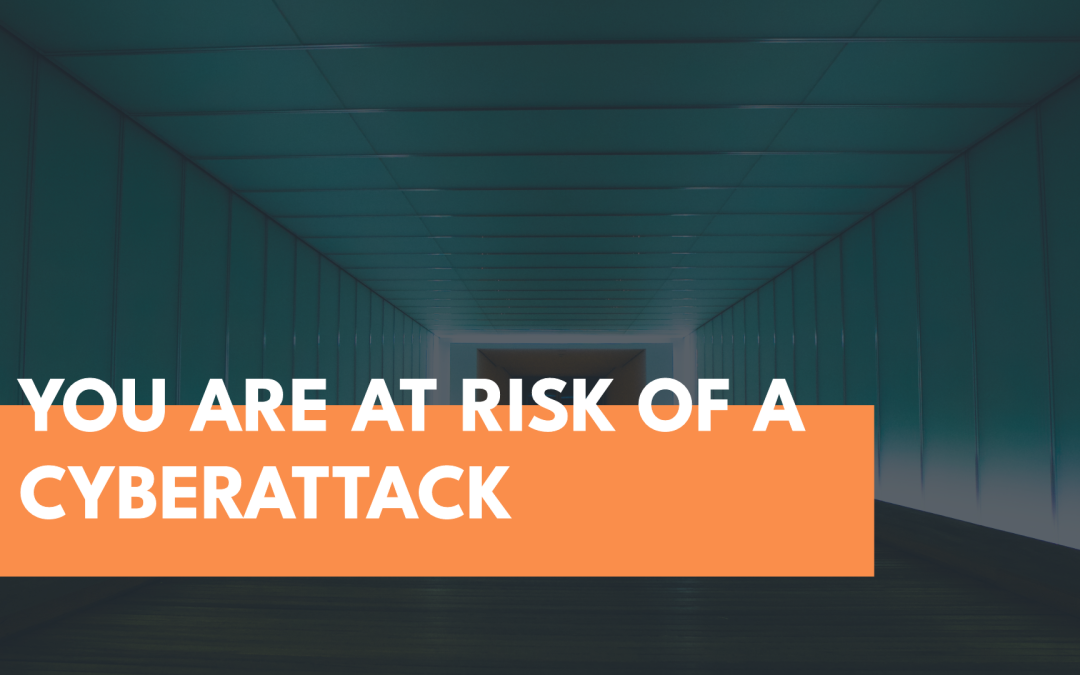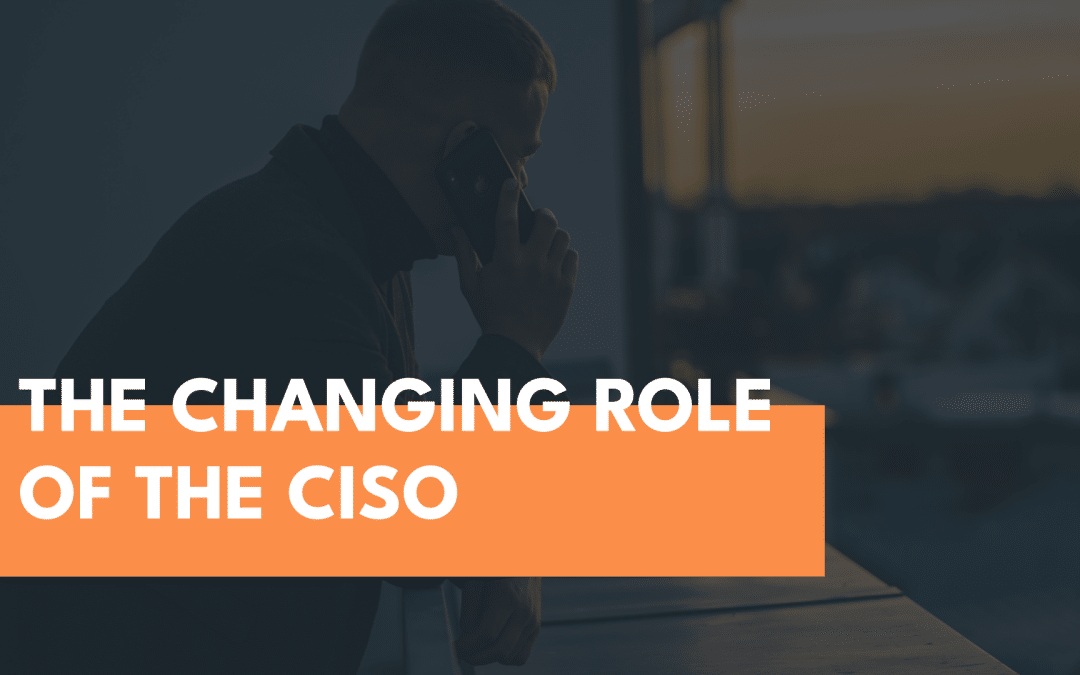In today’s rapidly evolving IT landscape, the role of a Chief Information Security Officer (CISO) has undergone significant changes. With cyber attacks lurking around every corner and the line between cyber and operational risks blurring, CISOs find themselves at the heart of organizational decision-making. In this article, we will explore the changing role of a CISO and the strategies they can adopt to thrive in the face of advancing challenges.
The rise of distributed IT poses unique challenges for CISOs. CEOs, senior executives, and managers are getting tech-savvy and want tech work to stay within their respective departments rather than relying solely on the IT department. While this sounds great in theory, the decentralization of technology introduces new vulnerabilities. It’s now essential for CISOs to collaborate closely with business units to ensure security is embedded consistently throughout the organization.
While the human element remains a major risk factor, it’s important to note that data breaches aren’t solely caused by phishing attacks. Less than 20% of breaches involve ransomware or other social engineering, highlighting a range of other vulnerabilities. These include unsupervised third-party data access, unsecured/spoofed website visits, weak passwords, compromised USB drives, lost/stolen devices, immature IT operations, and more. It’s a multifaceted world of risks, and CISOs need to come up with comprehensive strategies to tackle them all.
The US and Canada are progressively recommending, and in some cases mandating, companies adopt a risk management discipline to guide their cybersecurity strategies. Frameworks such as NIST CSF, NIST 800-171 and CIS are becoming increasingly popular, shifting the emphasis from mere compliance to risk measurement. CISOs need to go beyond checking boxes and instead actively work towards a fully defined, integrated, and optimized cybersecurity maturity capability.
But what does all this mean for CISOs? The CISO’s role is transforming from being the sole manager of cybersecurity risks to becoming an enabler of secure digitalization and a driver of cyber judgment. Executive influence and partnership with the business are now more critical than ever, regardless of reporting lines. As digital programs become ubiquitous, CISOs must establish a digital risk-aware culture, empower employees, and foster strong relationships with stakeholders across the organization.

Adopting a risk-based approach with a cyber framework at its core allows CISOs to effectively drive their strategies forward. From updating the security basis, analyzing gaps, allocating budget and planning, and monitoring and measuring progress, CISOs have a lot to keep track of. Applying agile software development methods to remediation sprints and properly measuring risk contributes to delivering solutions faster and aligning security with business objectives.
Of course, communication is key. Developing a comprehensive communications strategy catering to different levels of the organization ensures that risk messages are understood and acted upon appropriately. CISOs should engage in open dialogue with employees, management, executives, directors, and the board to create a shared understanding of the organization’s risk landscape.
In response to the evolving role of CISOs, Port53 offers tailored solutions to address the ever-changing cybersecurity landscape. Their Autonomous Constrained Tasking (ACT) strategy aligns with the distributed nature of technology and enables organizations to respond effectively to cyber threats. By providing compliance-aware and distributed decision-making capabilities, Port53 empowers CISOs to protect their organizations and drive secure digital transformation.
As the digital landscape continues to evolve, the role of a CISO is transforming from a traditional security manager to a strategic enabler. CISOs must adapt their approach to embrace distributed IT and foster a digital risk-aware culture. By doing so, CISOs can conquer the changing landscape and drive their organizations towards secure and successful digital transformation.
Check out our Customer Platform


Think you’re not at risk? Think again.
If you have a phone, your company is at risk of a cyberattack. Unfortunately, anyone with a digital presence is at risk these days. If you’re doing anything other than selling lemonade on the corner, your presence in cyberspace will be known as soon as you...


Recent Comments